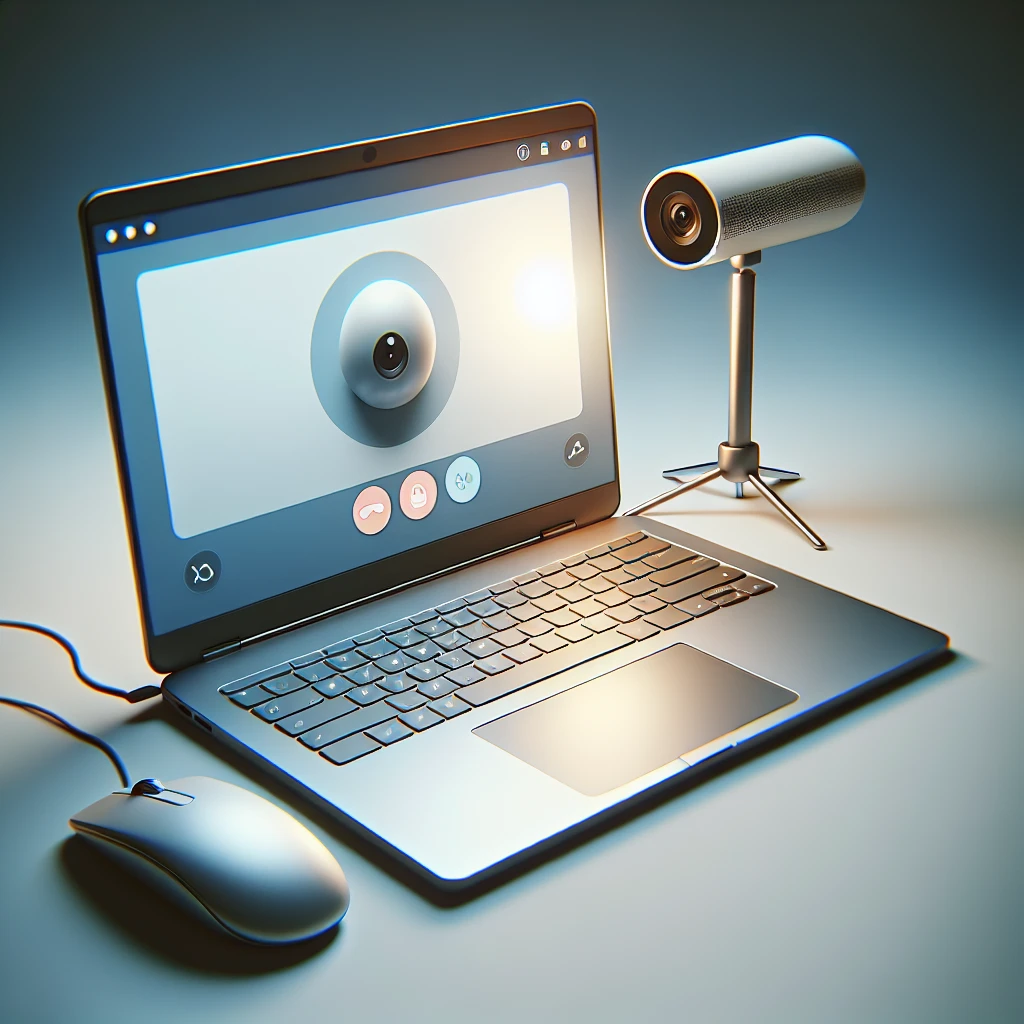Introduction
FaceTime is a popular video calling application developed by Apple, widely used among iPhone, iPad, and Mac users. However, one common question that arises is whether it is possible to use a webcam for FaceTime on a PC. In this article, we will delve into this topic, explore the possibilities, and suggest alternative solutions.
Understanding FaceTime’s Compatibility
FaceTime is designed to function seamlessly within the Apple ecosystem. It is pre-installed on all Apple devices and leverages Apple’s unique hardware and software integration to provide a smooth user experience. Consequently, FaceTime is not natively available on Windows PCs or any non-Apple devices.
Compatibility Table
| Device | FaceTime Compatibility |
|---|---|
| iPhone | Yes |
| iPad | Yes |
| Mac | Yes |
| Windows PC | No |
| Android | No |
Using a Webcam on a PC
Native Support for FaceTime
Apple has not developed a version of FaceTime compatible with the Windows operating system. Therefore, you cannot use FaceTime directly on a Windows PC, even if you have a webcam. No existing applications or workarounds will directly enable FaceTime functionality on a PC because of the proprietary nature of the application.
Alternatives to FaceTime for Windows PC
While you cannot use FaceTime on a Windows PC, there are several robust alternatives for video calling available:
- Skype: A well-established video calling platform that works on multiple operating systems, including Windows. It supports both personal and professional use.
- Zoom: Widely used for both personal communication and business meetings, Zoom offers high-quality video calls and a user-friendly interface.
- Google Meet: A convenient video calling service integrated with Google Workspace, Google Meet is accessible via any web browser on a PC.
- Microsoft Teams: Ideal for both professional and personal use, Microsoft Teams offers seamless integration with other Microsoft Office applications.
- WhatsApp Web: Although primarily a messaging app, WhatsApp also supports video calls via its desktop web client. This makes it a practical option for personal video calling on a PC.
Setting Up a Webcam on a PC
If you intend to use your PC for video calls via any of the alternative applications mentioned, you need to set up your webcam correctly. Here’s a step-by-step guide:
Step-by-Step Webcam Setup
- Connect the Webcam: Plug the USB cable from your webcam into an available USB port on your PC.
- Install Drivers: Most modern webcams are plug-and-play, but some may require driver installation. Follow the on-screen prompts or use the driver CD provided by the manufacturer.
- Adjust Settings: Open your chosen video calling application, and navigate to the video settings to select your webcam as the video input device. Make any necessary adjustments to brightness, contrast, and other image settings.
- Test the Webcam: Utilize the test feature in the video calling application to ensure your webcam is working correctly and provides a clear image.
Best Practices for Video Calls
To ensure high-quality video calls, observe the following best practices:
- Good Lighting: Ensure your face is well-lit, ideally with natural light or a soft, diffused artificial light source.
- Stable Internet Connection: A stable and fast internet connection is crucial for smooth video calls without interruptions.
- Background and Environment: Choose a quiet, clutter-free environment for your calls to minimize distractions and background noise.
- Camera Positioning: Position your webcam at eye level to maintain natural eye contact during the call.
- Audio Quality: Use a quality microphone or headset to ensure clear audio transmission.
Conclusion
In summary, while you cannot use FaceTime on a Windows PC, several video calling alternatives are available that offer comparable functionality. By setting up a webcam on your PC and choosing the appropriate alternative application, you can enjoy high-quality video calls effectively.

